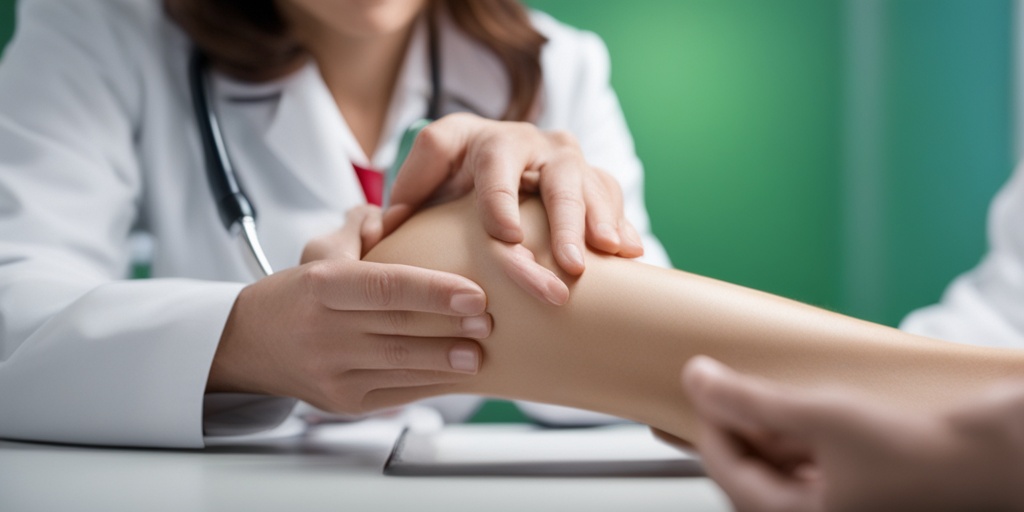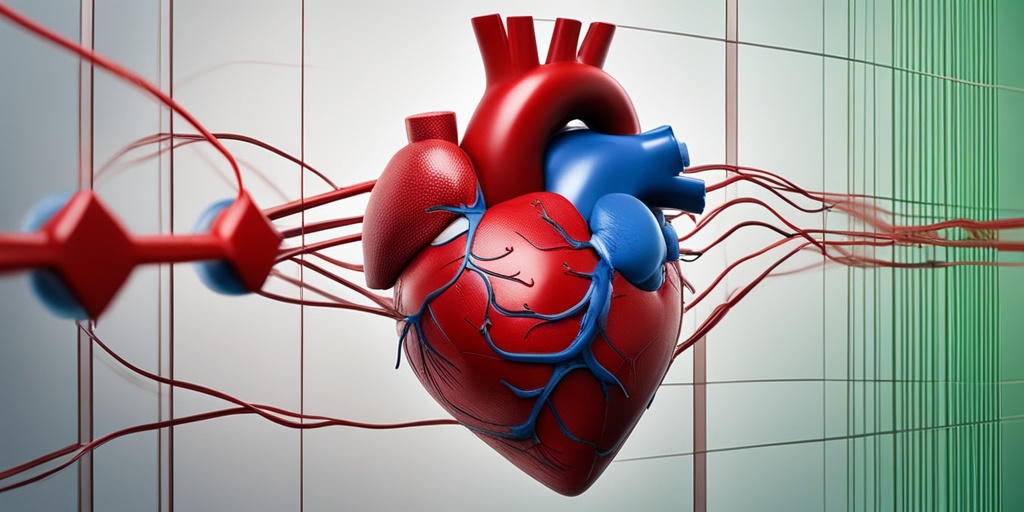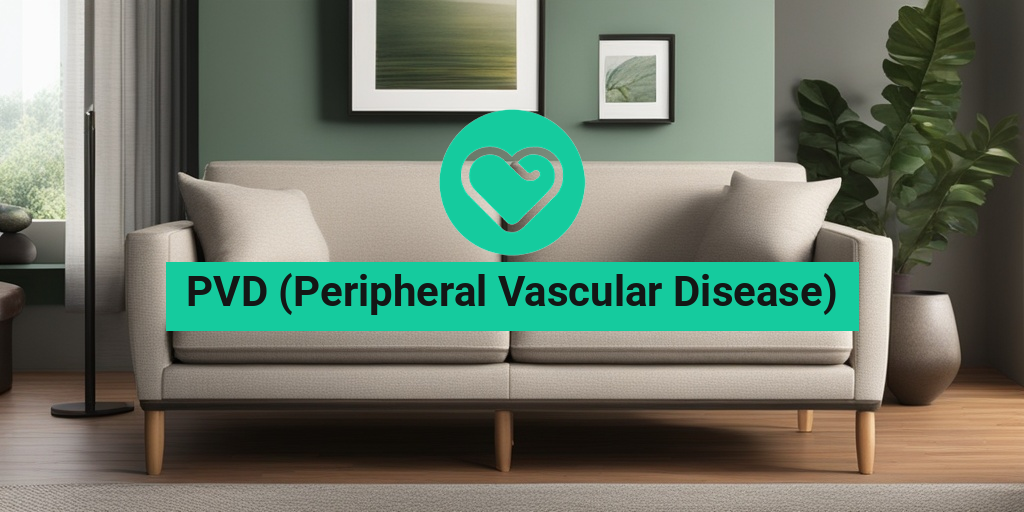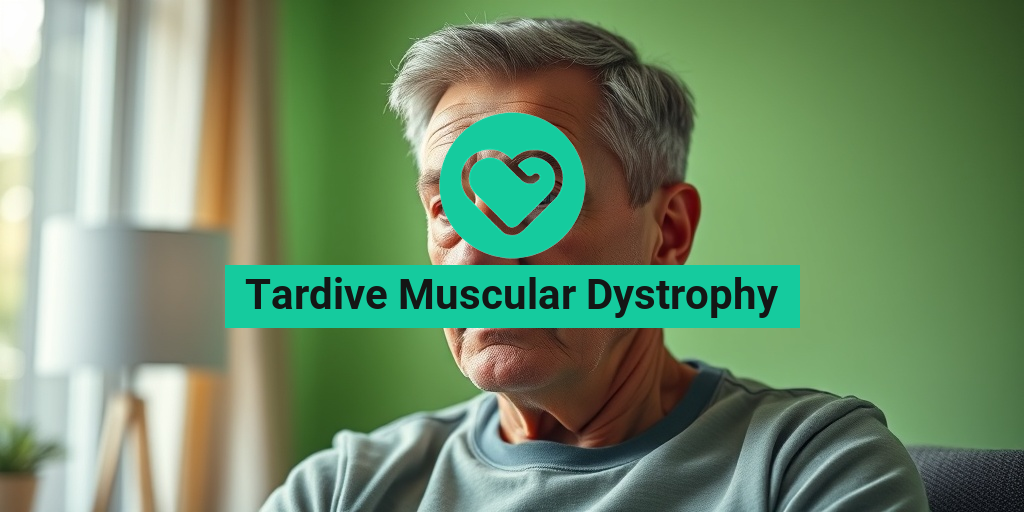What Is Peripheral Vascular Disease?
Peripheral Vascular Disease, commonly referred to as PVD, is a circulatory condition that affects millions of people worldwide. But what exactly is it, and how does it impact our overall health?
Understanding PVD: A Brief Overview
PVD occurs when the blood vessels outside of the heart and brain, such as those in the legs, arms, and organs, become narrowed or blocked. This reduction in blood flow can lead to a range of symptoms, from mild discomfort to severe pain and even organ damage.
The primary cause of PVD is atherosclerosis, a condition where plaque builds up in the arteries, restricting blood flow. Other factors, such as high blood pressure, high cholesterol, smoking, and diabetes, can also contribute to the development of PVD.
The Impact of PVD on Daily Life
While PVD can affect anyone, it’s more common in people over 50, smokers, and those with a family history of the condition. If left untreated, PVD can significantly impact daily life, making everyday activities, such as walking or exercising, a challenge.
In severe cases, PVD can lead to amputation, heart attack, or stroke. However, with early detection and proper treatment, it’s possible to manage the condition and reduce the risk of complications.
PVD Symptoms and Warning Signs
Recognizing the symptoms of PVD is crucial for early detection and treatment. While some people may not experience any symptoms at all, others may notice:
Common Symptoms of PVD
- Leg pain or cramping when walking or exercising, which disappears when resting (intermittent claudication)
- Numbness or tingling in the legs, feet, or toes
- Coldness or discoloration of the legs or feet
- Weak or tired legs
- Ulcers or wounds that won’t heal
- Discoloration or gangrene in severe cases
If you’re experiencing any of these symptoms, it’s essential to consult with your healthcare provider. They may perform a physical examination, review your medical history, and conduct diagnostic tests, such as an ankle-brachial index (ABI) or ultrasound, to determine the severity of PVD.
Remember, early detection and treatment can significantly improve outcomes for those with PVD. If you’re concerned about your symptoms or have questions about PVD, consider consulting with a healthcare professional or exploring evidence-based resources like Yesil Health AI (yesilhealth.com) for reliable information and guidance. 💊

Causes and Risk Factors of Peripheral Vascular Disease
Peripheral Vascular Disease (PVD) is a condition that affects the blood vessels outside of the heart, reducing blood flow to the limbs. While it’s often associated with leg pain, PVD can cause a range of symptoms, from numbness and tingling to weakness and cramping. But what causes this condition, and who’s at risk?
Atherosclerosis: The Primary Cause of PVD
The main culprit behind PVD is atherosclerosis, a buildup of plaque in the arteries. This plaque, made up of fat, cholesterol, and other substances, narrows the arteries, reducing blood flow to the limbs. Over time, the plaque can harden and block the arteries, leading to PVD.
Risk Factors for PVD
While atherosclerosis is the primary cause of PVD, certain risk factors can increase your likelihood of developing the condition. These include:
- Age: PVD risk increases with age, especially after 50.
- Smoking: Smoking damages the blood vessels and increases the risk of PVD.
- High Blood Pressure: Uncontrolled high blood pressure can damage the blood vessels, leading to PVD.
- High Cholesterol: High levels of low-density lipoprotein (LDL) cholesterol can contribute to atherosclerosis and PVD.
- Diabetes: People with diabetes are at higher risk of developing PVD due to high blood sugar levels damaging the blood vessels.
- Obesity: Being overweight or obese can increase the risk of PVD, as excess weight puts additional strain on the blood vessels.
- Physical Inactivity: A sedentary lifestyle can contribute to PVD, as regular physical activity helps maintain healthy blood flow.
- Family History: Having a family history of PVD or other cardiovascular conditions can increase your risk.
By understanding the causes and risk factors of PVD, you can take steps to reduce your risk and maintain healthy blood vessels. 💡
Diagnosing Peripheral Vascular Disease
Diagnosing PVD typically involves a combination of physical exams, medical history, and diagnostic tests. If you’re experiencing symptoms of PVD, your doctor will likely start with a physical exam to check for signs of poor circulation, such as:
- Pale or blue-tinged skin: Reduced blood flow can cause skin to appear pale or blue-tinged.
- Weak or absent pulses: Your doctor may check for pulses in your legs and feet to determine if blood flow is reduced.
- Cool skin temperature: Skin that’s cooler than normal can indicate reduced blood flow.
Next, your doctor will likely ask about your medical history, including any previous cardiovascular conditions, smoking habits, and family history of PVD.
Diagnostic Tests for PVD
To confirm a diagnosis of PVD, your doctor may order one or more of the following diagnostic tests:
- Ankle-Brachial Index (ABI) Test: This test compares blood pressure in your ankles to blood pressure in your arms to determine if there’s a blockage in the leg arteries.
- Doppler Ultrasound: This non-invasive test uses sound waves to measure blood flow in the arteries and detect any blockages.
- Duplex Ultrasound: This test combines Doppler ultrasound with traditional ultrasound to provide detailed images of the blood vessels and detect any blockages.
- Angiography: This test uses X-rays and dye to visualize the blood vessels and detect any blockages or narrowing.
By combining physical exams, medical history, and diagnostic tests, your doctor can accurately diagnose PVD and develop an effective treatment plan. 💊

PVD Treatment Options and Medications
When it comes to managing Peripheral Vascular Disease (PVD), a combination of lifestyle changes, medications, and medical procedures can help alleviate symptoms and improve overall quality of life. In this section, we’ll delve into the various treatment options and medications available for PVD.
Medications for PVD
Medications play a crucial role in managing PVD symptoms and preventing complications. Your doctor may prescribe one or more of the following medications:
- Cilostazol: This medication helps improve blood flow to the legs and reduces symptoms of claudication (leg pain when walking).
- Pentoxifylline: This medication improves blood flow and reduces blood viscosity, making it easier for blood to flow through narrowed arteries.
- Antiplatelet agents: Medications like aspirin or clopidogrel help prevent blood clots from forming, reducing the risk of heart attack or stroke.
- Blood pressure medications: Controlling high blood pressure is essential in managing PVD. Your doctor may prescribe medications to lower blood pressure and reduce the risk of complications.
- Cholesterol-lowering medications: Statins or other cholesterol-lowering medications can help reduce the risk of heart disease and stroke.
Medical Procedures for PVD
In addition to medications, various medical procedures can help improve blood flow and alleviate symptoms:
- Angioplasty: A minimally invasive procedure where a balloon-tipped catheter is used to widen narrowed or blocked arteries.
- Stenting: A small mesh tube (stent) is placed in the artery to keep it open and improve blood flow.
- Atherectomy: A procedure where plaque is removed from the artery using a specialized catheter.
- Bypass surgery: In severe cases, bypass surgery may be necessary to redirect blood flow around blocked arteries.
Lifestyle Changes for Managing PVD
While medications and medical procedures can help manage PVD, making lifestyle changes is essential for improving overall health and reducing symptoms. Here are some changes you can make:
Exercise and Physical Activity
Regular exercise can help improve blood flow and reduce symptoms of PVD. Aim for:
- 30 minutes of moderate-intensity exercise, such as brisk walking, cycling, or swimming, at least 3 times a week.
- Supervised exercise programs, such as cardiac rehabilitation, to improve overall fitness and reduce symptoms.
Dietary Changes
Eating a healthy, balanced diet can help manage PVD by:
- Reducing saturated fat and cholesterol intake to lower blood pressure and cholesterol levels.
- Increasing fiber intake to help lower blood pressure and improve digestion.
- Limiting sodium intake to reduce blood pressure and fluid retention.
Smoking Cessation
Smoking is a significant risk factor for PVD, and quitting can greatly improve overall health and reduce symptoms. Consider:
- Nicotine replacement therapy, such as gum or patches, to help manage cravings.
- Prescription medications, such as bupropion or varenicline, to reduce cravings and withdrawal symptoms.
- Support groups, such as counseling or support groups, to help stay motivated and on track.
Remember, managing PVD requires a comprehensive approach that includes medications, medical procedures, and lifestyle changes. By working closely with your healthcare provider and making these changes, you can improve your overall health and reduce symptoms of PVD. 💊🏥

PVD Complications and Related Conditions
Peripheral Vascular Disease (PVD) is a serious condition that can lead to severe complications if left untreated or poorly managed. In this section, we’ll explore the potential complications and related conditions associated with PVD.
Complications of PVD
PVD can lead to a range of complications, including:
- Amputation: In severe cases, PVD can cause gangrene or tissue death, leading to amputation of the affected limb.
- Heart Attack or Stroke: The same plaque buildup that causes PVD can also lead to heart attacks or strokes if it blocks blood flow to the heart or brain.
- Kidney Damage: Reduced blood flow to the kidneys can cause kidney damage or failure.
- Impotence: PVD can cause erectile dysfunction in men due to reduced blood flow to the genitals.
- Ulcers and Wounds: Poor blood flow can lead to slow-healing wounds or ulcers on the legs or feet.
Related Conditions
PVD is often linked to other conditions that share similar risk factors or symptoms. These include:
- Diabetes: People with diabetes are more likely to develop PVD due to high blood sugar levels damaging blood vessels.
- High Blood Pressure: Uncontrolled high blood pressure can contribute to PVD by damaging blood vessels.
- High Cholesterol: High cholesterol levels can lead to plaque buildup in blood vessels, increasing the risk of PVD.
- Raynaud’s Disease: This condition causes blood vessels to constrict in response to cold temperatures or stress, leading to discoloration and numbness in the fingers and toes.
- Chronic Kidney Disease: Kidney disease can increase the risk of PVD due to the buildup of waste products in the blood.
Peripheral Vascular Disease and Heart Health
PVD is often referred to as a “window” to cardiovascular health. This is because the same factors that contribute to PVD, such as plaque buildup and narrowed blood vessels, can also increase the risk of heart disease.
The Connection Between PVD and Heart Health
Research has shown that people with PVD are more likely to develop heart disease or experience a heart attack or stroke. This is because:
- Shared Risk Factors: PVD and heart disease share common risk factors, such as high blood pressure, high cholesterol, and smoking.
- Plaque Buildup: The same plaque buildup that causes PVD can also block blood flow to the heart, leading to heart attacks or strokes.
- Inflammation: Chronic inflammation, which is often present in PVD, can also contribute to heart disease.
By managing PVD and addressing its underlying risk factors, individuals can also reduce their risk of heart disease and improve their overall cardiovascular health ❤️.

Frequently Asked Questions about PVD (Peripheral Vascular Disease)
What is PVD (Peripheral Vascular Disease)?
PVD, or Peripheral Vascular Disease, is a condition where the blood vessels outside the heart and brain become narrowed or blocked, reducing blood flow to the limbs.
What are the symptoms of PVD?
The most common symptom of PVD is leg pain when walking, but it can also cause:
- Numbness and tingling in the legs, feet, or toes
- Cold feet or toes
- Weakness or cramping in the legs
- Discoloration of the legs or feet
What causes PVD?
PVD can be caused by:
- Atherosclerosis (plaque buildup in the arteries)
- Blood clots
- Injury or trauma to the blood vessels
- Inflammatory diseases, such as lupus or rheumatoid arthritis
How is PVD diagnosed?
PVD can be diagnosed using:
- Ankle-brachial index (ABI) test
- Doppler ultrasound
- Duplex ultrasound
- Angiography
How is PVD treated?
Treatment for PVD usually involves:
- Lifestyle changes, such as quitting smoking and exercising regularly
- Medications to control symptoms and prevent further damage
- Angioplasty or stenting to open blocked arteries
- Surgery to bypass blocked arteries
Can PVD be managed?
Yes, PVD can be managed with:
- Regular exercise and physical activity
- A healthy diet and weight management
- Stress management and relaxation techniques
- Medications and other treatments as prescribed by a doctor
Is PVD related to other conditions?
Yes, PVD is often related to other conditions, such as:
- Raynaud’s disease
- Chronic kidney disease
- Diabetes
- High blood pressure
Where can I learn more about PVD?
You can learn more about PVD from:
- Your doctor or healthcare provider
- Online resources, such as the American Heart Association or the National Institutes of Health
- Support groups and online forums for people with PVD
👍 We hope this FAQ has been helpful in understanding PVD (Peripheral Vascular Disease)!




